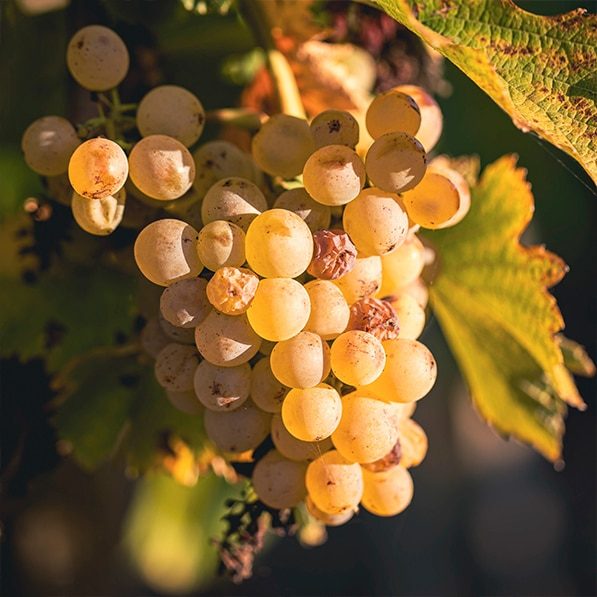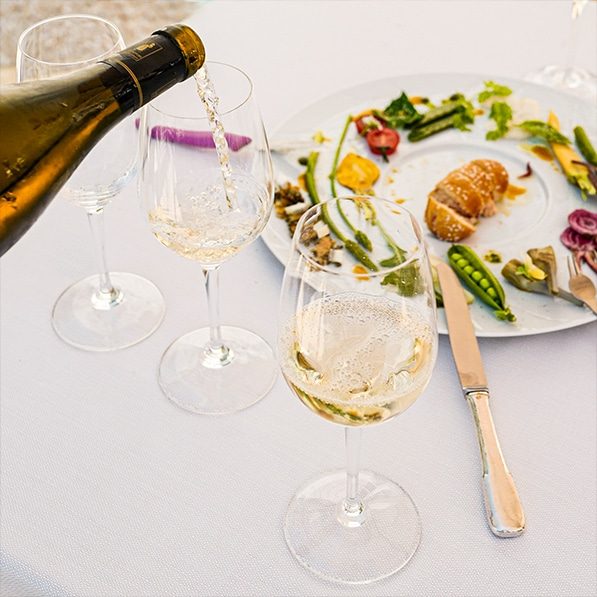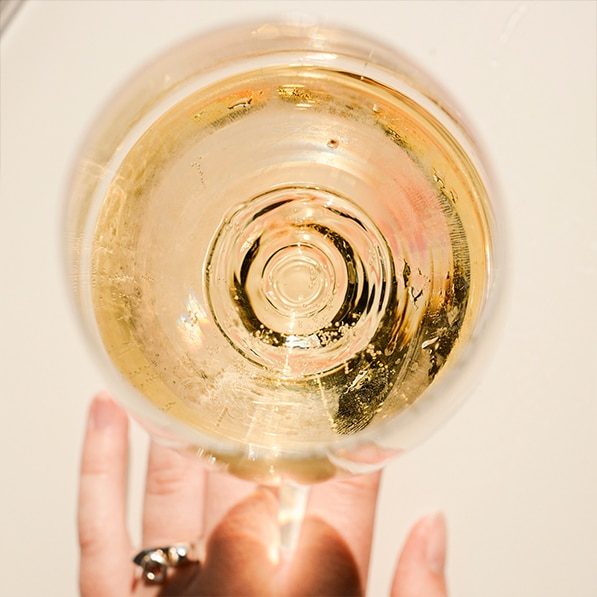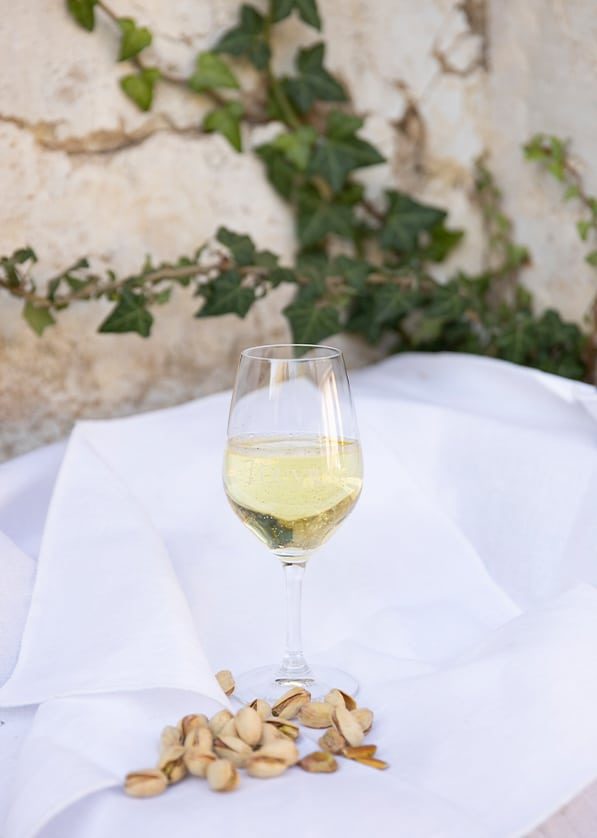Our wines
The four expressions of an astounding grape variety : Chenin Blanc
THE ONE SINGLE GRAPE VARIETY PLANTED IN VOUVRAY IS ONE OF THE PARTICULARITIES OF THE APPELLATION

The one single grape variety planted in Vouvray is one of the particularities of the appellation. The wines of Vouvray are made from one single grape: Chenin Blanc, also called Pineau de la Loire.
When grown in the Vouvray area, Chenin Blanc, an emblematic grape variety of the Loire valley, gives wines that are aromatically diverse and perfectly balanced. It enables the winemakers to produce a whole range of wine styles: dry, medium-dry, sweet and sparkling.


STILL WINES

Each year is different and vintage effect is particularly noticeable in the region. Over the centuries, the winemakers have learnt to deal with the many differences in grape maturity. According to the climate and weather conditions of the year, the grapes are more or less concentrated in sugar.
The first grapes that are picked are used to produce dry wines. Then come the medium dry and sweet wines, depending on the maturity of the grapes.

WITH AN AGEING POTENTIAL OF 5 to 15 YEARS, DRY VOUVRAY WINES ARE FRESH AND CRISP.
Blessed with great aromatic richness, the dry wines have aromas of acacia, cloves, rose, pear, citrus; they are delicate but structured. With age, roasted, smoky and honey notes develop.
As for the medium dry wines, they are ideal to discover Vouvray wines. They can age for more than 10 years and have lovely fruity aromas. This style of wine is driven by terroir and offers a beautiful balance between sugar and acidity and a silky texture that retains freshness.
When weather conditions are particularly favourable during the harvest, sweet wines, naturally concentrated in grape sugar, can be made from the ripest grapes, that are picked after they have been dried out by the wind and the sun (‘passerillage’) or hit by ‘noble rot’, due to Botrytis Cinerea.
In sweet Vouvray wines, fruity aromas of citrus, pear, mirabelle plum and exotic fruit prevail. Over time, notes of roasted almonds, honey, quince and sweet spices develop and blend in perfectly with the rich, sensual and delicate texture of these wines.
Sweet wines are generous and balanced. When they contain residual sugars, their complexity and ageing potential generally increase. Great vintages such as 1989, 1990, 1996, 2003, 2005, 2009, 2015 and 2018 rank alongside some of the greatest sweet wines in the world and their ageing potential is between 30 to 40 years.
sparkling wines
Sparkling Vouvray wines are made using the traditional method. After making what is called ‘base wine’, the winemakers bottle it (‘tirage’ means bottling in French) after adding grape yeasts and sugar into the wine to trigger a second fermentation – called ‘prise de mousse’ – directly in the bottle.
Then follows a minimum ageing period of 12 months during which the yeasts produce the bubbles. A sediment forms in the bottle, which needs to be removed, so the bottles are then ‘riddled’ to make the sediment go down into the necks of the bottles. The latter are placed on A-shaped wooden racks (called ‘pupitres’ in French) and turned a quarter of a turn every day to be tilted down. The final phase is called ‘disgorging’: the bottles are kept upside down to make sure the sediment stays in the necks, and the crown caps that close the bottles are removed. The sediment is pushed out by the pressure of the wine. Each bottle is topped up and closed with the famous sparkling wine cork.
Numerous wineries age sparkling wines for a minimum of 3 years or more instead of the minimum 12 months. This longer ageing on the yeasty sediment is very beneficial to the wine. It matures with age. As the months go by, brioche and toasty notes develop. This evolution doesn’t mean that the original aromas disappear – they are rather taken to another level. Time also impacts the bubbles: thanks to the long period of contact with the yeasts, they become more subtle and refined, and on the palate they get smaller in texture. Finesse, complexity, elegance… Allow yourself to be surprised by these special wines and dare put them on your table! They’ll be perfect for your dinner parties!
SPARKLING VOUVRAY WINES HAVE A BEAUTIFUL YELLOW COLOUR WITH GOLDEN HUES
With an ageing potential of 3 to 10 years, sparkling Vouvray wines have a delicate effervescence. They are lively and harmonious wines, full of character and freshness.
On the palate notes of acacia, fresh fruit, citrus and sometimes herbs give them a long finish.
Notes of brioche and roasted pistachio nuts grow stronger with time.



vouvray pétillants
Delicate and subtle, the ‘pétillants’ from Vouvray are characterised by their lower level of CO2 and their smoother, more discreet bubbles on the palate. This type of wine has been produced since the 19th century. In the 1960s the traditional method, characterised by a higher pressure in the bottle, became compulsory. Consumers often use the term ‘pétillant’ to describe the sparkling wines of Vouvray although these are in fact two very different products.

